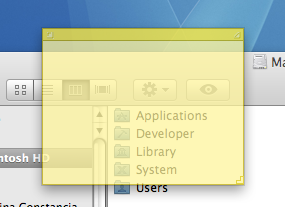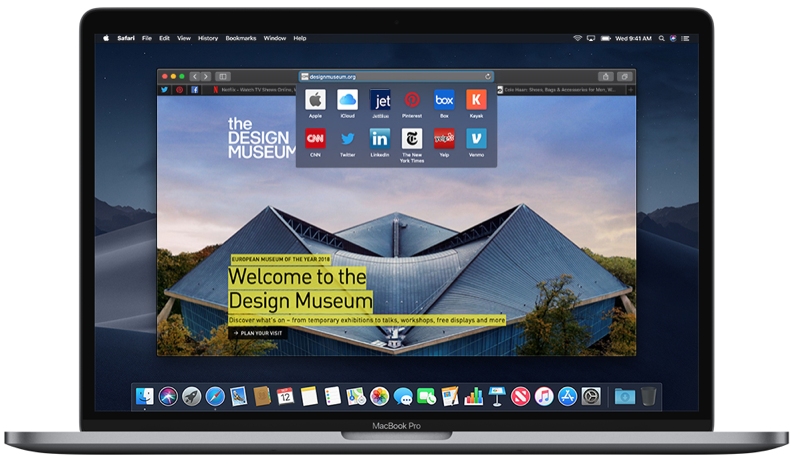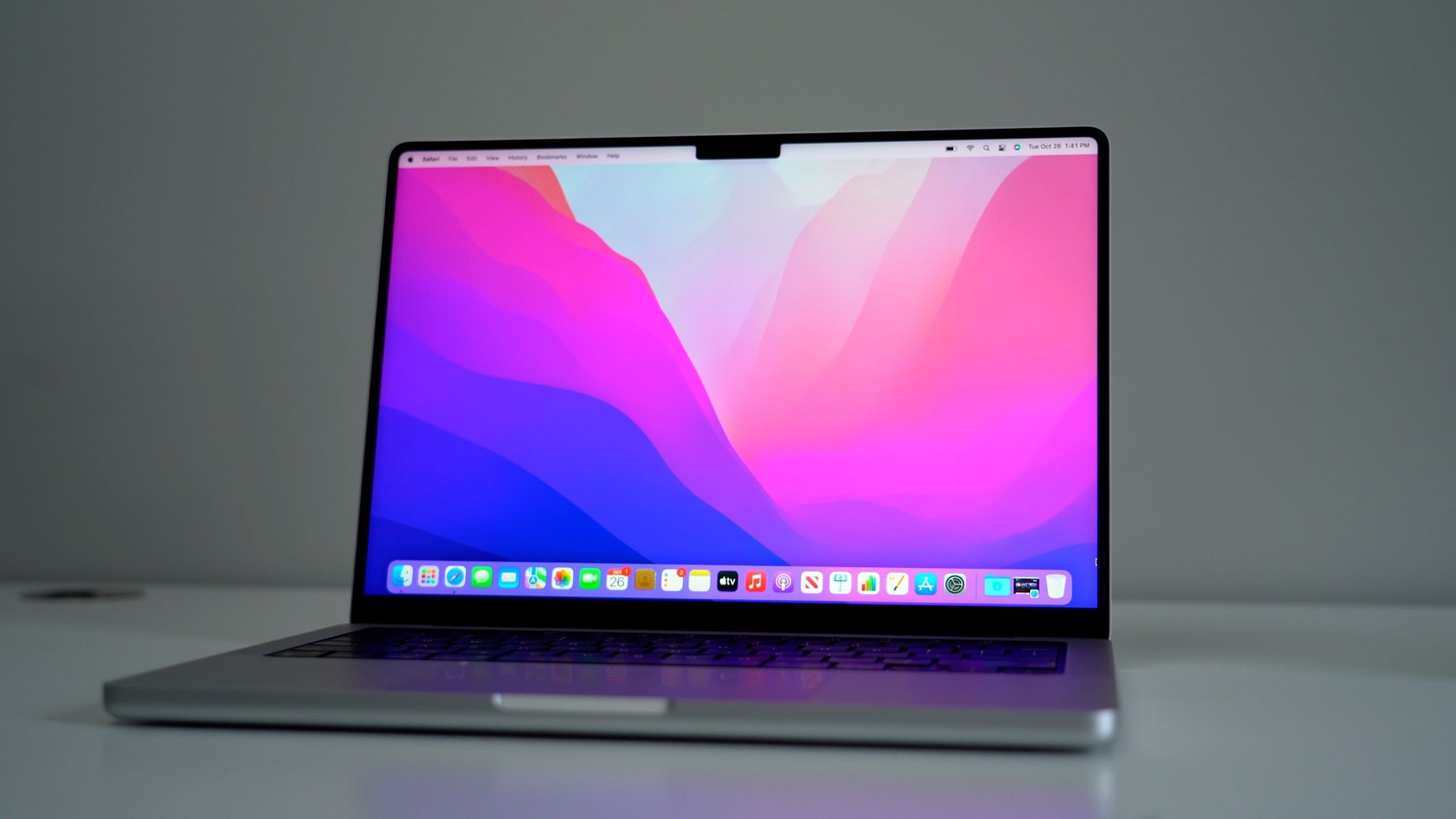

Hot Corners are another way to access the Dashboard. (Hot Corners allows you to access the Dashboard by moving the cursor into the designated corner.) If you would prefer to use your mouse, the second dropdown menu to the right allows you to select from up to seven different mouse buttons to use to access the Dashboard environment. You can also use the Shift, Control, or Command keys in combination with the function keys to create up to 57 possible key combinations to access the Dashboard. Next to the text are two dropdown menus the first can be used to assign any of the function keys, F1 through F19 (your keyboard may not have all 19 function keys). In the Keyboard and Mouse Shortcuts section, you can assign keystrokes or mouse buttons to perform specific tasks. Launch the Mission Control preference pane, as you did earlier. There are additional ways to access the Dashboard once you have turned the feature on: Pressing the F12 key will either display the Dashboard as a space that slides into place, replacing the current desktop or other active space, or as an overlay on top of the current desktop. There are a number of ways to access the Dashboard, though the most common is to use the F12 or the Fn + F12 keys (depending on the keyboard type you’re using). You can now quit the System Preferences.

#Mac os safari sticky for mac#
Dashboard widgets, those mini-applications, haven’t seen a lot of activity from developers in quite a while, and most of the widgets for Mac can be replaced with apps from the Mac App Store. Now, having Dashboard disabled by default may be an indication of what is in store for Dashboard down the road.
#Mac os safari sticky movie#
If you’re a fan of Dashboard and all of its funky Mac widgets, such as weather, an assortment of clocks, a calendar, local movie listings, stocks, and whatever else you may have loaded into the Dashboard environment, the good news is that the Dashboard isn’t really gone, Mojave just turned it off by default. With the advent of macOS Mojave, the Dashboard and all of those productive widgets for Mac are gone. This means you can browse to them in Finder or via the Terminal, open them in other applications, use command-line tools with them, and back up the files.Dashboard, the secondary desktop introduced with OS X Tiger, is gone, vamoosed, kaput it’s an ex-desktop. These logs are plain-text files you can find on your Mac’s local disk, too. Click File > Save to save your text file afterwards. Next, open the TextEdit application-for example, by pressing Command+Space, typing “TextEdit,” and pressing “Enter.” Create a new document and then select Edit > Paste to paste the messages into the text file. Next, click Edit > Copy to copy them to your clipboard.

First, click Edit > Select All to select all the messages on the current screen. You can copy data from your system logs to a text file, if you need to export it to share it with someone else for troubleshooting purposes. To view another Mac user account’s logs located under “User Reports” or “~/Library/Logs,” you’ll have to sign in as that user and then open the Console app. “~Library/Logs” is your current Mac user account’s user-specific application log folder, “/Library/Logs” is the system-wide application log folder, and “/var/log” generally contains logs for low-level system services. The search bar works to filter these log files, too. To view the system log file, click “system.log.” To browse different application-specific logs, look through the other folders here. An application’s developer may need this information to fix a crash that occurs on your Mac, too. If you need more information about why an application crashes on your system, you may be able to find it here.


 0 kommentar(er)
0 kommentar(er)
